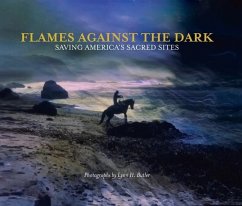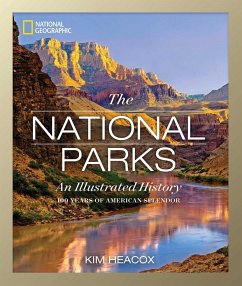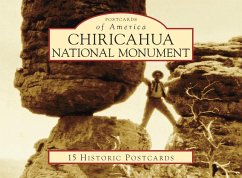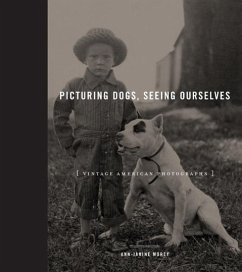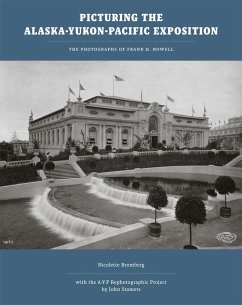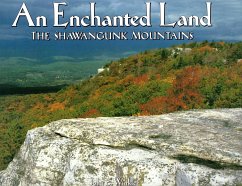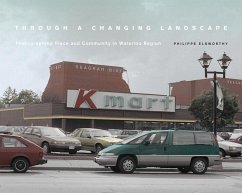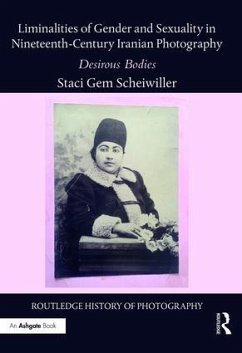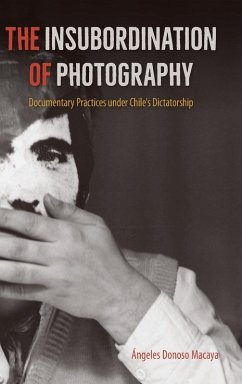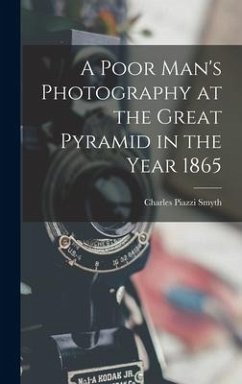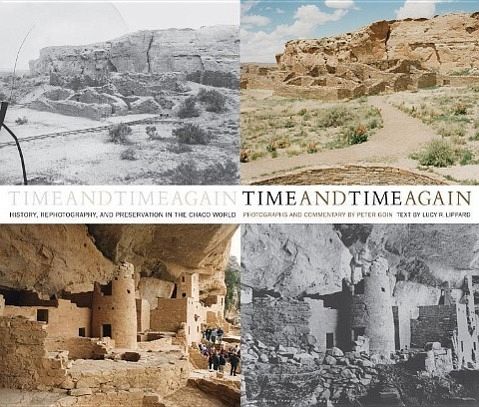
Time and Time Again: History, Rephotography, and Preservation in the Chaco World
Versandkostenfrei!
Versandfertig in über 4 Wochen
29,99 €
inkl. MwSt.

PAYBACK Punkte
15 °P sammeln!
This book is a visual exploration of Ancestral Pueblo sites at Chacon Canyon and its extension throughout the San Juan Basin into the northern reaches of Mesa Verde. Pairing early photographs of the Chacoan world with contemporary rephotographic images, Goin sets out to examine how "ruins", which J B Jackson famously wrote bring a sense of time scale to the landscape, are constructed and interpreted according to cultural ideas held by archaeologists and preservationists bound by the limits of their disciplines and sense of cultural ownership. The book asks, "why save things, and what should be...
This book is a visual exploration of Ancestral Pueblo sites at Chacon Canyon and its extension throughout the San Juan Basin into the northern reaches of Mesa Verde. Pairing early photographs of the Chacoan world with contemporary rephotographic images, Goin sets out to examine how "ruins", which J B Jackson famously wrote bring a sense of time scale to the landscape, are constructed and interpreted according to cultural ideas held by archaeologists and preservationists bound by the limits of their disciplines and sense of cultural ownership. The book asks, "why save things, and what should be saved"? Lucy R Lippard's detailed text draws on the vast literature and ongoing research on the so-called "mysteries" of Chaco. Conflicting narratives stem from the differing ways time is measured in different cultures -- astronomically, historically, and environmentally. The stories that have come down from the many Native nations that are heirs to the Chaco and Mesa Verde worlds (Including Keres, Zuni, Tewa, Navajo and Ute) are juxtaposed, like the photographs, against the "scientific" views of those who control the sites and the literature today, raising the question of cultural ownership. Whose story is it to tell? To whom does the past belong? Time and Time Again offers a kaleidoscopic view, considering the multiple truths that are known and can be hypothesised about Chaco and Mesa Verde. The juxtaposition of historical photographs with contemporary images attempts to go beneath the surface to investigate the role of time in archaeological sites, especially those that have been "preserved" and reconstructed. The idea that two photographs can stop time without considering the intervening years is intriguing. The photographs -- primarily from the period of the late 19th century through the 1930s -- and rephotographed by Peter Goin provide two arbitrary points, paralleling the equally arbitrary choices made by historic preservationists working on ancient sites. The rephotograph shows what has happened but gives no hint about the interim or causes. Photography and tourism add another layer to the disjunctions between what is known and what is told. Another factor is an inquiry into how we measure time in these places -- astronomically, historically, as a narrative of natural change, and through stories told by generations of Hopi, Navajo, Keres and Tewa Pueblo people, who are variously heirs to the sites and the cultures. There is also the question of cultural "ownership". Whose story is it to tell? Whose ancestors built these structures and lived there? To whom does the past belong?



